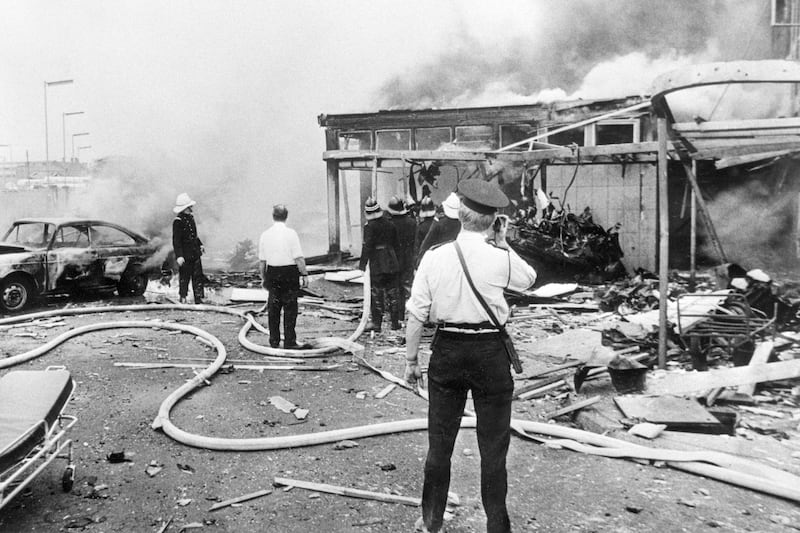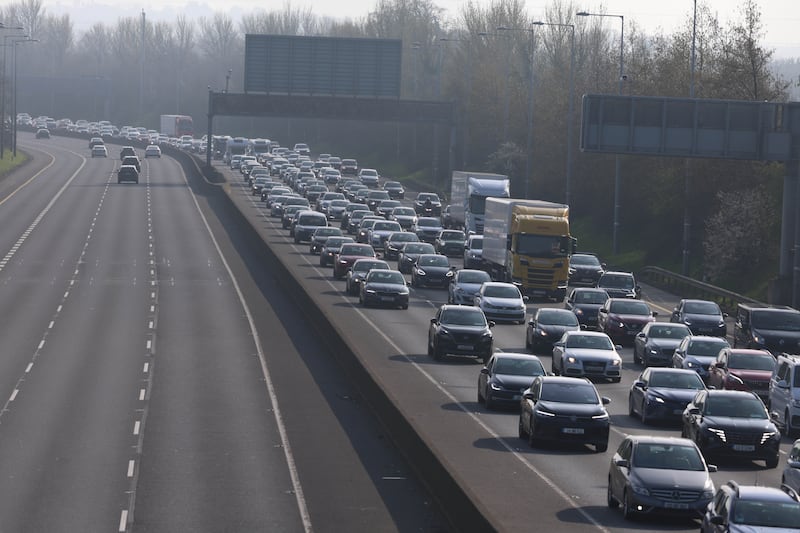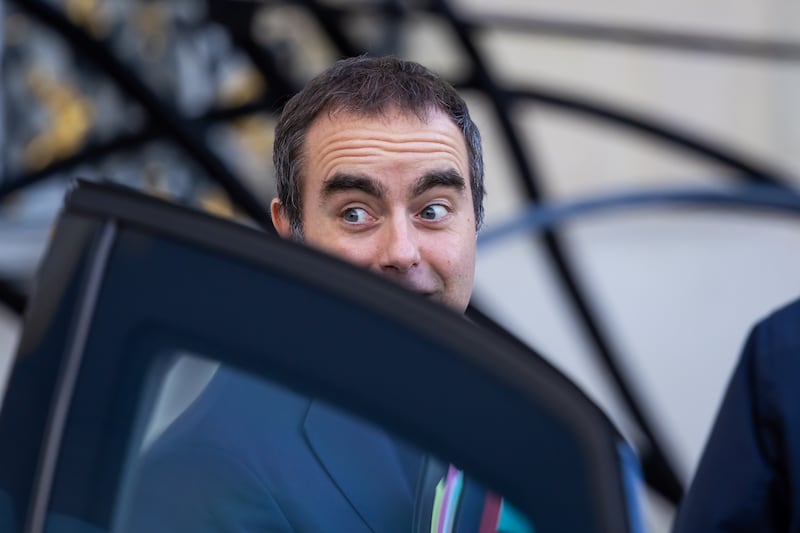Hong Kong, with its modern natives and matching shops, came as a complete surprise to Carl Stearns Clancy, the first round-the-world biker, whose route we are retracing 100 years on.
As did the small but significant fact that, apart from the outskirts of major cities, there were neither roads, railways nor wheelbarrow tracks in southern China, rendering his beloved Henderson "as useless as an aeroplane in a coalmine" and thwarting his plans to ride the 1,000 miles north to Shanghai.
Having read too many James Clavell novels, I fully expected to arrive in Hong Kong, spend three days negotiating a fiendishly complex business deal in fluent vernacular Cantonese, sign it with my personal chop, seal it with a bottle of 50-year-old Macallan, then go out for dinner with my Chinese mistress, having left several ex-wives at home in New York, Honolulu and Tallaght.
Sadly, none of the above happened.
On the airport bus on the ride into town, we were presented with one of the most jaw-dropping skylines on earth: a vista of vertiginous skyscrapers, rugged mountains and billowing clouds for which no amount of gazing at photographs or films could prepare you.
It is as if all the commercial energy of the world has been distilled into one drop of pure, unadulterated capitalism.
That evening, I gave a talk and slide show on the Clancy trip and previous bike adventures to the Royal Geographical Society; afterwards, its director in Hong Kong, Rupert McCowan, took us out for dinner to the China Club, based in the old Bank of China.
As we walked up the stairs past owner Sir David Tang’s private and priceless collection of art deco paintings and ceramics, McCowan suddenly stopped and glanced down at Gary’s training shoes.
“Ah, we might have a problem getting in with those,” he said.
We stood, scratching our heads and looking at each other, as blokes do.
“I know. Clancy’s boots,” said Gary, pulling them out of the bag in which we had brought them to the talk.
China of the 1930s
Suitably attired, we entered a scene straight from the China of the 1930s, with white-jacketed servants, whispering fans and a string quartet playing Bach in the corner.
As for the owner of the boots, he had stood on the deck of the Bulow, his jacket buttoned against the cold, as the ship slowly made its way up the Wusong River towards Shanghai. Hailing two rickshaws, Clancy and an English missionary on his way to Japan trundled down Nankin Road, weaving past hundreds of wheelbarrows carrying everything from people to pigs, one motorcycle, a handful of cars and several carriages filled with aristocratic Chinese who gazed at him with haughty languor.
After six o'clock service at the Church of England cathedral, they dined royally at the Carlton Grill, the only good restaurant in Asia, to a background of ragtime played by a Hawaiian orchestra.
Today, the closest equivalent is the Long Bar of the Peace Hotel, where Douglas Fairbanks and Charlie Chaplin once dallied, where Noël Coward dreamed up Private Lives while laid up with 'flu, and where we decamped for martinis.
In the corner, the hotel’s legendary jazz band played just as they had as young men before the Communists disbanded them after the Revolution in 1949.
With the city now buzzing again, they had been hauled out, dusted off and told they could start playing their decadent capitalist tunes again, even though they are now all in their 80s.
Next week: Japan


















